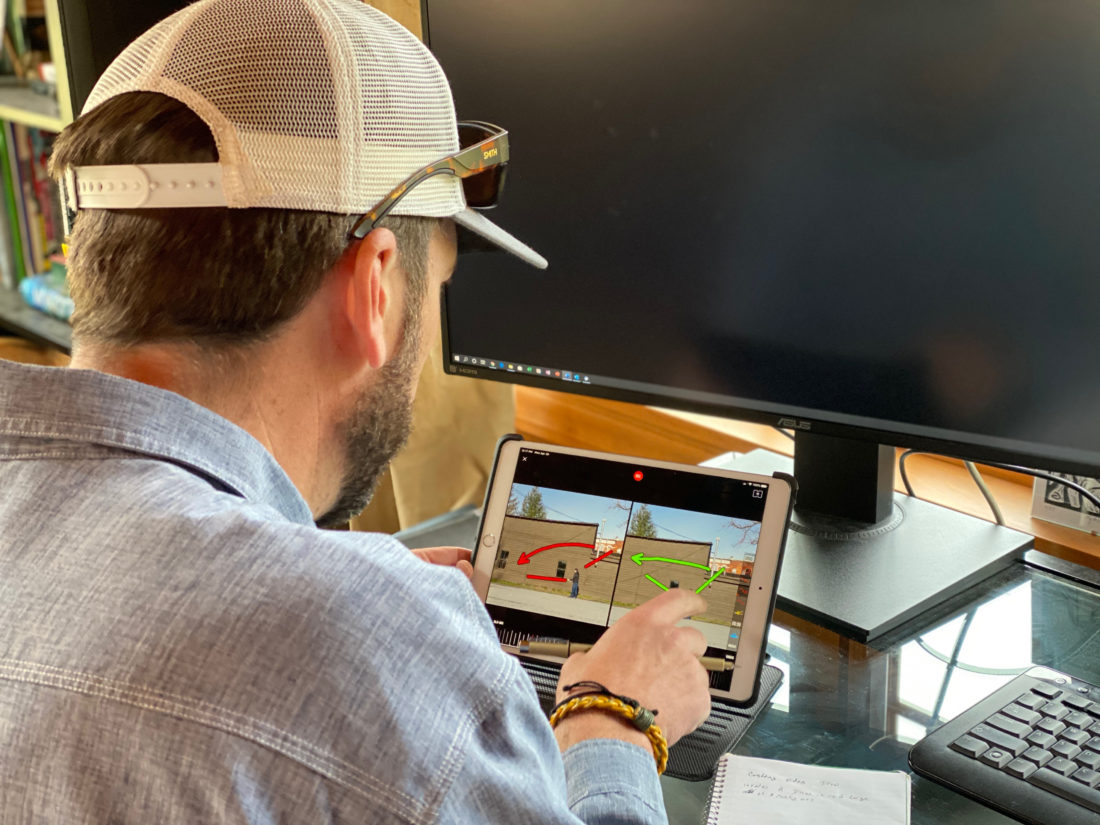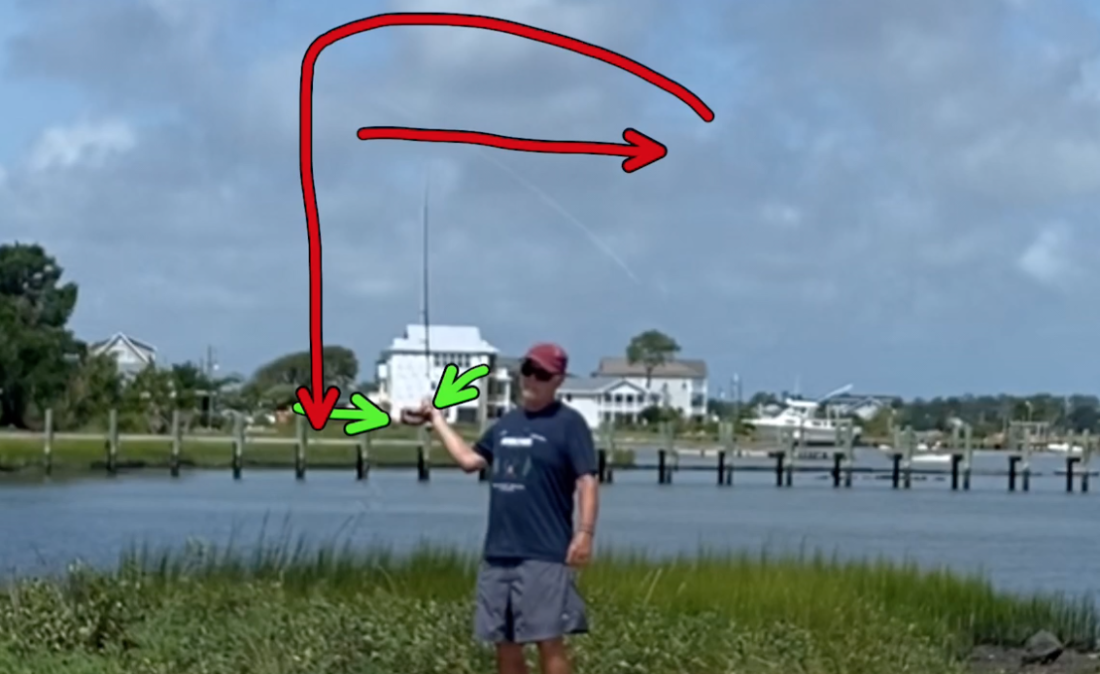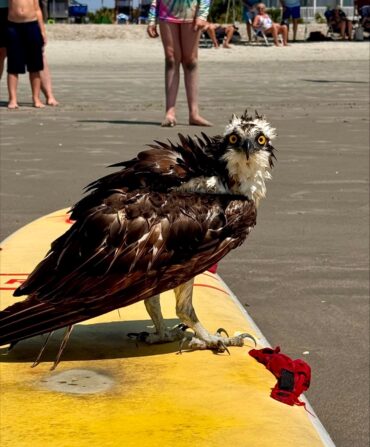As it became clear that my travel for both play and magazine work was going to be seriously curtailed for a while, I told myself I would take this time at home to work on two long-term goals:
1) Gain fourteen unwanted and unneeded pounds.
2) Bump up my fly-casting skillset. Specifically, I wanted to add twenty feet to my maximum effective casting distance. I’m a pretty good caster, but I’m finding myself more and more often in waters—and after fish—where pretty good sometimes comes up short.
For item No. 1, I needed no help whatsoever. But for item No. 2, I needed an expert. I found one in the Orvis Virtual Casting Instruction program, which the company retooled and relaunched this year as the pandemic turned us all into Zoom-bies.
Let me jump forward quickly for a moment to say this: I found these virtual lessons incredibly useful. They far exceeded my expectations. It’s no different than taking lessons from a tennis or golf pro, but professional casting lessons aren’t something many anglers consider. And because of the way Orvis has built the program—the instructor can analyze easily submitted smartphone videos in slow motion, annotating with lines and arrows and other graphic aids—I think this actually may be a better way of teaching intermediate and advanced fly-fishing skills than an in-person lesson. Whether you have a little bit of fly-fishing experience and want to get to the next level, or, like me, you want to go from a 60-foot cast to an 80-foot cast, it’s a game-changer. I know I sound effusive, but I’m writing this while my flip-flopped feet are still soaking wet with dew from casting in a nearby park with my new virtual fly-fishing BFF Pete Kutzer.
So here’s how it works: You sign up on the Orvis website and receive a short questionnaire about your learning goals and some logistics for the video. You use a smartphone to take several short videos of your casting strokes (you’ll get easy-to-follow instructions for this), upload them to your instructor, and receive feedback in the way of written analysis and a series of annotated versions of your videos that can highlight casting issues in slow-motion, backward, forward, upside-down, you name it. That’s all for the standard level at $59.

Another advantage is the access to anglers like Kutzer, a casting wizard. I could no more wrangle a day on the water with a guy like this than book a moonwalk with Elon Musk, but there he was, breaking down my cast nanosecond by nanosecond. First, he recognized that I was ever so slightly rotating my wrist at the end of my backcast. We’re talking maybe three-quarters of an inch, but at 60 and 70 feet, that little mistake becomes amplified, twisting part of the line behind me and sucking the juice out of my forward cast. He also suggested I square up to the target a bit less, and he gave me great advice about my choice of lines, which was part of the issue. He zoomed in, circled, arrowed, slowed down the video, fast-forwarded the action, and in a matter of minutes showed me what I couldn’t have figured out myself in a hundred blown tarpon shots.
Kutzer also gave me some back-to-the-basics admonitions about the need to start my cast with my rod tip low. This is where our new bromance nearly went off the rails. If you would have suggested to my face that I needed to drop my rod tip a bit before starting my cast, I would have been righteously indignant. I know better. But there it was on the video, a simple fix that I would have insisted I learned in the first grade of fly casting.

Kutzer sent me links to a few videos and articles he thought would be targeted to my questions, all as part of the standard package. But to get the full experience, I opted for the premium package, for $179, which included an additional live-from-Pete’s-backyard lesson. I marched down to the park a block away, set up my laptop with the webcam on, and worked through my lesson plan with Kutzer in real-time. In his backyard in Vermont, he’d set up casting markers to show me stop-and-start drills that would add distance to my cast, and he demonstrated how to tame the corkscrews that were happening behind my head, out of view, by my slight rotation of my wrist. We went back and forth over suggested practice protocols and how to analyze my cast for the problems he’d pointed out.
I don’t want to get any more casting nerdy than this. I’ll just add that I noticed almost immediate improvements, and with practice (Professor Kutzer does assign homework), I’ll improve even more. But this won’t be my last virtual fly-casting lesson, pandemic or no pandemic. I may even treat myself to a tune-up during each of the big transitions I undergo during a fishing year—from long-distance accuracy needed in the salt to the finesse required for finicky trout. We all tend to spend small boatloads of money on rods, reels, lines, plane tickets, guide fees, and more. But when it comes to getting the most bang out of your fly-fishing buck, I’m not sure you can do better.
Follow T. Edward Nickens on Instagram @enickens








